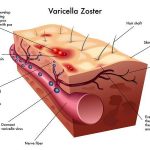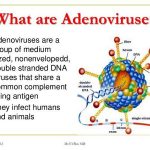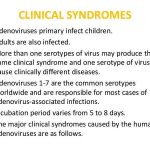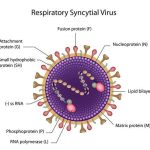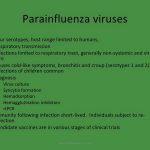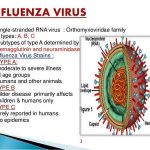
In 1986 a human herpesvirus, now called human herpesvirus type 6 (HHV-6), was identified in cultures of peripheral blood lymphocytes from patients with lymphoproliferative diseases (Box 2). The virus, which is genetically distinct but morphologically similar to other herpesviruses, replicates in lymphoid tissue, especially CD4+ T lymphocytes, and has two distinct variants, A and B. Initially it was thought that HHV-6 would grow only in freshly isolated B-lymphocytes, and the virus was referred to as the human B-lymphotropic virus (HBLV); now it is clear that the virus is preferentially tropic for CD4+ T lymphocytes. HHV-6 establishes a latent infection in T cells but may be activated to a productive lytic infection by mitogenic stimulation.



